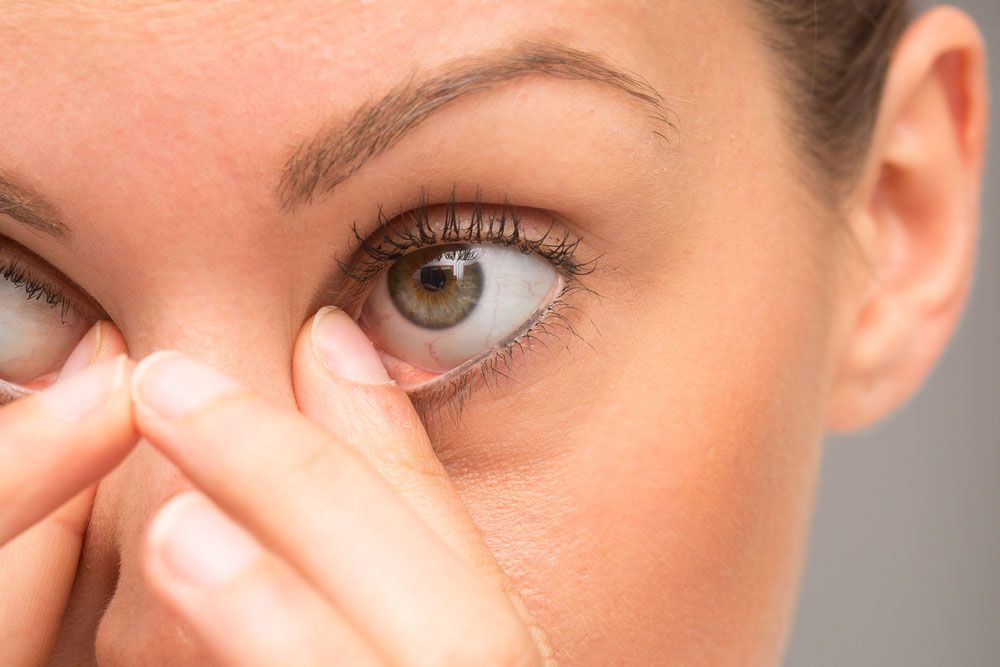Meibomian Gland Dysfunction and Lipiflow
 Meibomian gland dysfunction can result in chronically dry and uncomfortable eyes. Fortunately, the condition can be effectively treated with Lipiflow.
Meibomian gland dysfunction can result in chronically dry and uncomfortable eyes. Fortunately, the condition can be effectively treated with Lipiflow.
At Choate Eye Associates, Dr. Walter Choate can diagnose Meibomian gland dysfunction and develop a treatment plan to encourage normal lubrication of the eyes. He offers the latest treatments for dry eye syndrome and Meibomian gland dysfunction.
To undergo treatment for Meibomian gland dysfunction with Lipiflow, contact our Nashville, TN practice today.
What Is Meibomian Gland Dysfunction?
Meibomian gland dysfunction occurs when the glands that produce the oily layer of tears does not work properly.
The tears that lubricate the eyes are made of three components: The oily (lipid) layer, the watery (aqueous) layer, and the sticky (mucous) layer. If the oily layer is deficient or missing, the tears dry out too fast, resulting in dry eye and blepharitis.
Meibomian Gland Dysfunction Symptoms
Meibomian gland dysfunction symptoms include:
- Dry eyes
- Sore eyelids
- Swollen eyelids
- Itchiness of the eyes
- A gritty sensation in the eyes
- The feeling that something is stuck in the eyes
- Red eyes
- Watery eyes
- Sore eyes
- Blurry vision
Meibomian Gland Dysfunction Causes
Meibomian gland dysfunction can be caused by a blockage of the glands or some other type of abnormality involving the glands. It can also result in secretion of poor quality oil.
Causes of Blocked Glands
The glands may become blocked due to the oily secretions being too thick.
Patients that do not thoroughly clean their eye make-up off each day could develop blocked glands because the accumulated make-up clogs the opening of the glands.
A build up of bacteria and oil can also cause the glands to become blocked.
Other Risk Factors
Meibomian gland dysfunction is most likely to affect people over the age of 50.
It is more common in women.
Patients with diabetes are more likely to develop the condition.
Patients with oily skin are more likely to develop the condition.
Meibomian Gland Dysfunction Treatment with Lipiflow
The first course of treatment is to make sure that the patient is properly cleaning the eyelids to remove make-up, oil, and other debris that can build up throughout the day. The use of a warm compress and light massage may also unblock the glands.
When these at-home methods don’t work, Dr. Choate recommends the use of the Lipiflow device, an FDA-approved treatment for Meibomian gland dysfunction.
The Lipiflow device uses thermal pulsation to open gland blockages. Gently heating the eyelids with thermal energy melts the waxy deposits that build up in and at the opening of the glands. The device also massages the inner and outer lids with the pulsation technology to completely express the debris out of the glands.
Each Lipiflow treatment session lasts for 12 minutes. Over the next few weeks, the glands will continue to recover. The full results of treatment are typically experienced about six to eight weeks after treatment.
To learn more about safe and pain-free with Lipiflow, contact Choate Eye Associates today.



